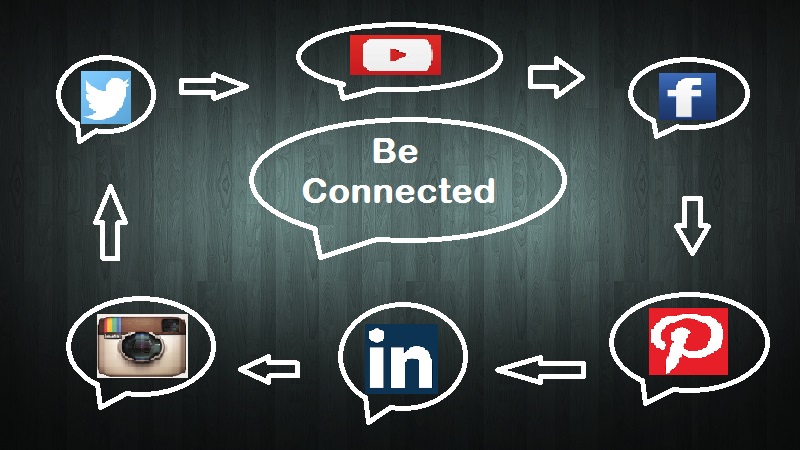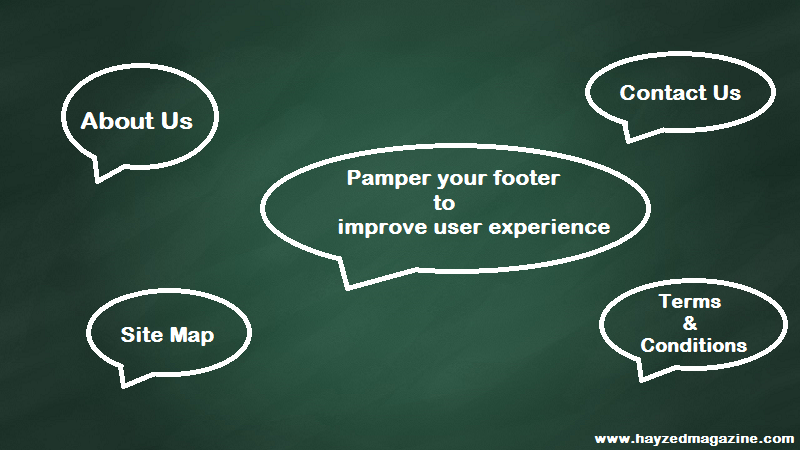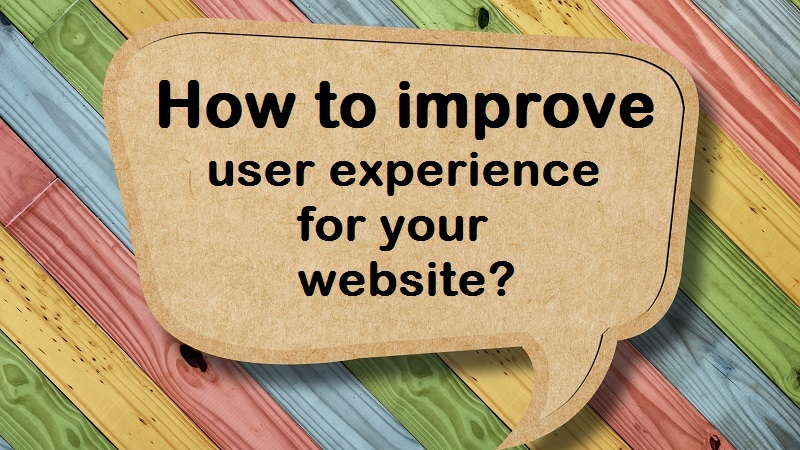This article helps you to improve the UX or user experience for your website, so let’s talk about this. What is the common point between going to a movie, going for a roller coaster ride and browsing a website? The experience! These 3 activities provide different sensations, but the goal remains the same: to make a lasting impression on consumers and leave them with a lasting impression.
A good website is judged by the time a visitor spends on it. With a longer visit time, Internet users are more likely to know your small business and engage with your offer. Which brings us to the main topic of this article: the user experience for your website – or UX for the intimate ones. As its name implies, the idea is to make sure that people who visit your site enjoy the trip. Ease of navigation, design, accessibility, and efficiency are the elements to master to achieve this goal.
Easier said than done? Maybe not. There are ways to optimize user experience for your website and make sure your site responds well to the needs of users. We have summarized them for you in this article because do not forget: who says satisfied visitor, says assured sale (the rhyme is the gift of the house)!
Here are we explain 15 tips to improve user experience for your website
Adapt your site to your audience

Identifying your target heart and getting to know your audience is the first step when you set up a box. The second is to create a website. For the latter, keep in mind what you learned previously. The design and structure must meet the needs of your customers. Ask for advice and be attentive to the remarks of your visitors; after all, this site is for them!
You may also like to read: 7 techniques to relaunch your website successfully
Go straight to the point
Research has shown that our attention is reduced to 8 seconds when we are on screen; which leaves us with very little time to convince a surfer. But how to send a message at the speed of lightning? By saying as little as possible. Indeed, paradoxically, if you want your visitors to want to learn more about you, you should display very little information on your homepage. Go to the basics, that is, the mission of your business. The goal is not to play the mystery card, but present the rest of your content by creating internal links and anchors on your website.
Make navigation easier
The content is essential, but it is nothing without a good structure. If you want to improve user experience for your website and get your visitors to read what you have written for them, you must build your site logically. Be careful, we do not talk about your own logic (even if you do not doubt a second of your common sense), but that of Internet users! Create a site where they can easily find themselves. Do not let them sail in troubled waters!
Bet on the visual
Confucius taught us that “a picture is worth a thousand words”. He must have been a visionary because this sentence has never been as true as on the Net. By putting a beautiful photo on your site, you instantly capture the eyes of your visitors. Then you have all their attention to get the message of your choice. It’s not beautiful that?
Do not forget the text

Beautiful pictures are not everything! You must also refine your text. We’re not going to tell you what you need to write but rather like to do it: your font must be readable enough and not too small, do not use more than 3 topographies at the same time and prefer long paragraph bullets when you can. What do you want, Internet users are not so easy to seduce?
View the Menu
If you really want to improve user experience for your website, you most care your site menu. Your Menu Bar is sort of your control tower, it redirects users to different pages of your site. To do its job properly, it must be irreproachable: clear, readable and easy to navigate. Also, think of your logo as a landmark. By clicking on it, your visitors must be able to fall back on their feet, that is to say on your homepage.
Leave blank spaces
White spaces are left unoccupied – without text or image. Do not load too much your pages, on the contrary, impose a certain distance between each element (paragraph, photo, icon, etc.) of your site. White spaces are very important, they allow your visitors to rest their eyes and assimilate what they saw. So learn to empty.
Go to the basics
That whoever has never said that he had read a newspaper while only flying over the cover page throws us the first stone! Do you know what that means? That you must display the most important information on the most visible part of your site: at the top of the homepage. If you want to make sure all your visitors see your new collection, put it under their noses.
Create links

Links are essential to your site (and to your SEO): they allow your visitors to go where they want in just one click. Add as many as you like, but always follow a rule: internal links replace the page on which the user is located while links that redirect to an external site must open on another tab (or window). For the rest, you have free quarters.
Add CTAs
CTA for Call to Action (and not Territorial Collectivity of Alsace contrary to what we can believe). These are the action buttons placed on your site at strategic locations. They are usually colorful and tell your visitors exactly what to do: buy, sign up or go to the next point … so, go ahead!
Give your contact information
In a story that ends well, your visitors want to get in touch with you before leaving your site. So, post all your contact information – email, address, phone (keep your credit card number for you anyway) in a visible and easy-to-access place. Enjoy it, it’s the only time in your life where you are allowed to speak with strangers.
Be connected to social networks

We lied to you, here’s a second time you can – and you must! – communicate with strangers. We hope you have created your pages on social networks. If this is not the case, stop everything and go on the spot. Once everything is in order, add links from your channels to your website to encourage your visitors to like you, follower, tweeter, pin, and another social network.
Turn down the music
We love music probably as much as you. But (there is always a but) it is up to us to decide when we want to listen to it. Therefore, it is strongly discouraged to insert a song that launches automatically when you arrive on your site. If you are a musician and you want us to discover your new air, make sure that it does not loop again and again and again …
Optimize your mobile version
At a time when even dogs have Instagram accounts, do you really think you can do without mobile navigation? The screens are multiplying and your site must follow the pace. Use Mobile Editor apps to optimize your site on both large and small screens. Because we will never repeat it enough: it’s not the size that counts!
Pamper your footer

Do you like to be primed from head to toe? Just imagine that your site too. The bottom of your pages should be as pretty and informative as the rest of your site. Add links to pages: About Us, Contact Us, Site Map, Terms & Conditions … Give your visitors some pointers to enhance their experience and make them feel at home.
Final touch
We hope, if you follow this 15 tips you really improve your user experience for your website or blog. So, you think this 15 tips really benefit for your blog or website, don’t waste your time, and if you have lots of ideas and tips to improve your user experience or UX for your valuable website or blog, please share your valuable thoughts with us, we are always ready to publish your content.
Tags: how to improve the user experience, how to improve the UX, tips how to improve the user experience, user experience for your website




Leave a Reply